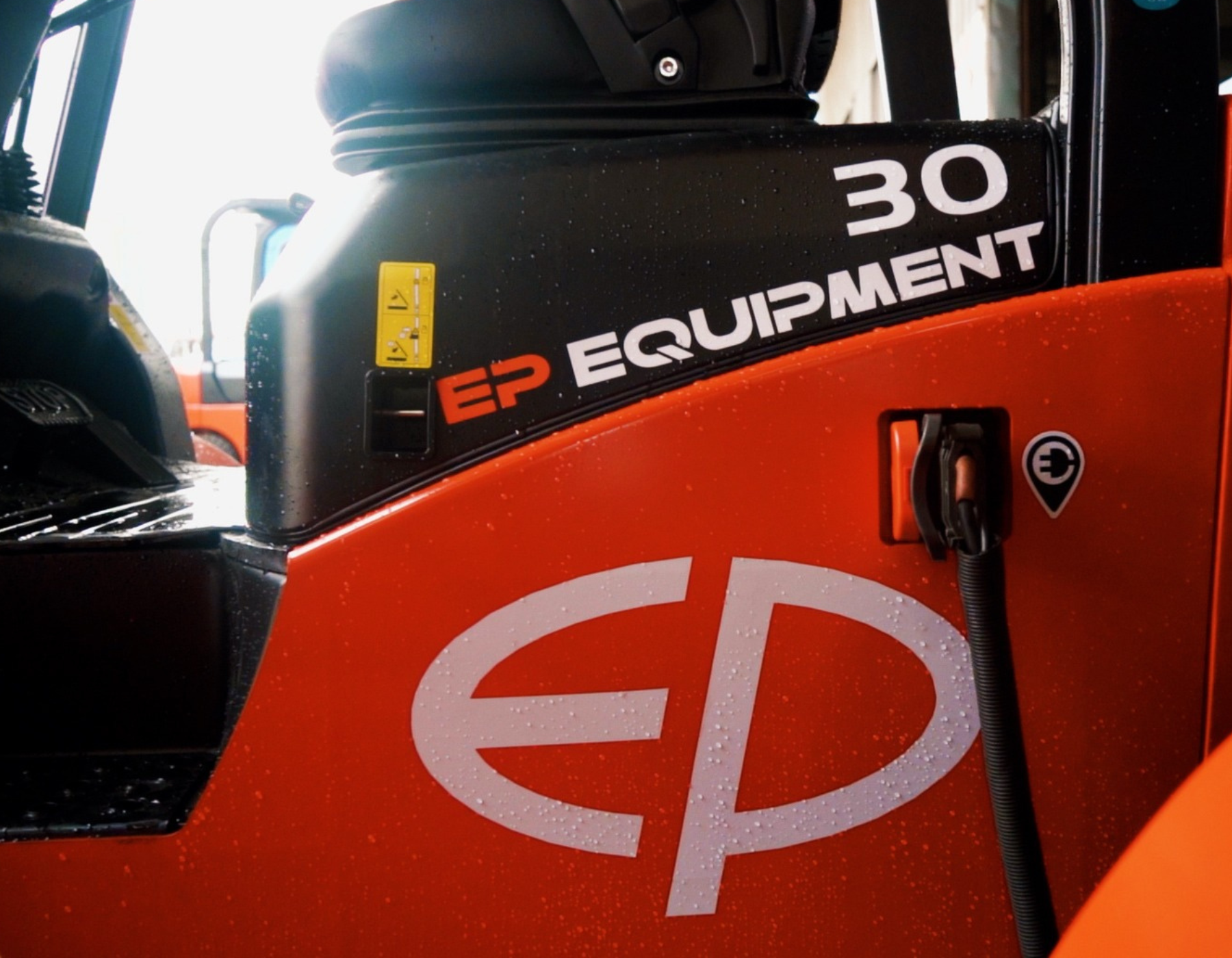
Lithium Forklift or Lead Acid Forklift – Which Comes Top?
Electric forklifts are becoming increasingly popular due to their lower maintenance, increased efficiency and eco-friendliness. There are two different types of electric machinery: a lithium forklift or lead acid forklift. Lets uncover the differences between each battery type and identify whether lithium or lead acid will take the lead.
What is a Lead Acid Battery?
A lead acid battery is a rechargeable battery that generates electricity through a chemical reaction. This chemical reaction is what causes the battery to produce electricity. Then, this reaction is reversed to recharge the battery.
How do Lithium-Ion Batteries Work?
A lithium-ion battery is a rechargeable battery that is charged and discharged by lithium ions moving between the negative and positive electrodes. As lithium forklifts become increasingly popular, the many advantages over traditional forklifts are becoming clear.
Which Comes Top – Lithium-Ion or Lead Acid?
There are many ways we can compare lithium with lead acid, in this piece we will jump into a few of the most important differences between the two battery types.
Energy Density: When compared to lead-acid, lithium-ion forklift batteries have a higher energy density. As a result, lithium batteries have the capacity to store more energy in a more compact and lightweight way, enabling longer running durations and higher efficiency.
Charging Time: Fast charging is possible for lithium-ion batteries, which often reach 80% of their capacity in one hour or less. On the other hand, lead-acid batteries need to be charged for a longer period of time—typically 8 to 12 hours or more.
Opportunity Charging: Lithium-ion trucks can be opportunity charged, which enables quick and flexible recharging during short breaks. This optimises productivity and saves time on switching batteries and water top ups, which is necessary with lead acid batteries.
Lifespan: Lithium forklift batteries have a longer lifespan than lead-acid batteries – typically lasting three to four times longer than lead-acid batteries. However, the actual lifespan can vary based on usage and maintenance. This longer lifespan reduces the frequency of battery replacements and overall costs in the long run.
Maintenance: Lead-acid batteries require routine maintenance, which includes watering, equalisation charging, and cleaning. On the other hand, lithium powered batteries require zero maintenance, reducing the time and effort required to keep the batteries in good condition.
Total Cost of Ownership: While lithium-powered forklifts cost more up front than lead-acid, they have lower total costs of ownership over the course of the battery’s life. These cost savings are due to decreased downtime, better productivity, and lower operating expenses.


To Summarise…
Despite the higher up front cost, lithium-ion forklifts are the better option if you’re looking to increase efficiency in your daily operations and save money. With zero maintenance and an increased lifespan, it seems a no brainer to choose lithium!
Our Range of Lithium-Ion Equipment
iLift offers a huge range of lithium powered material handling equipment. Browse our products here to explore the variety of models we stock.